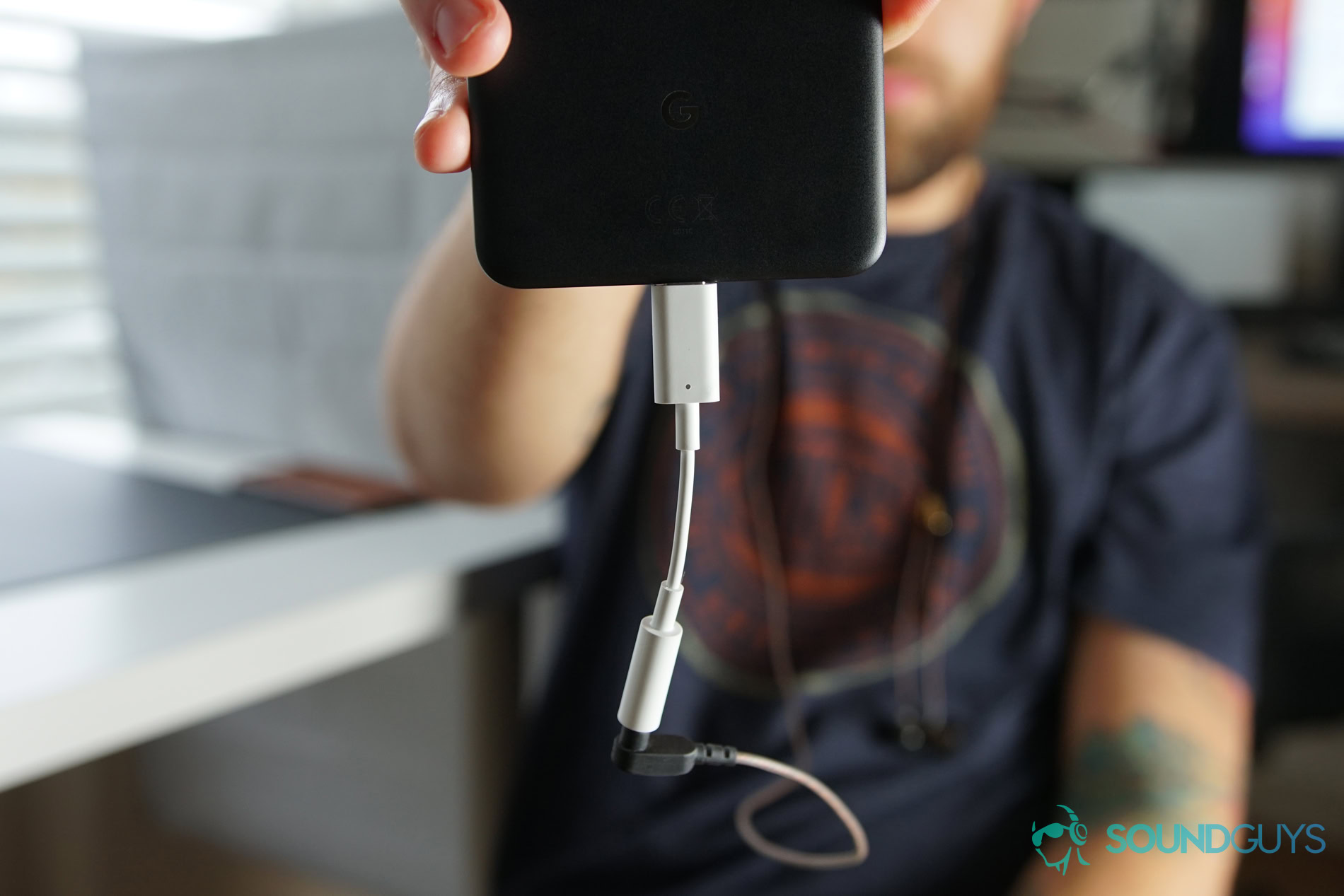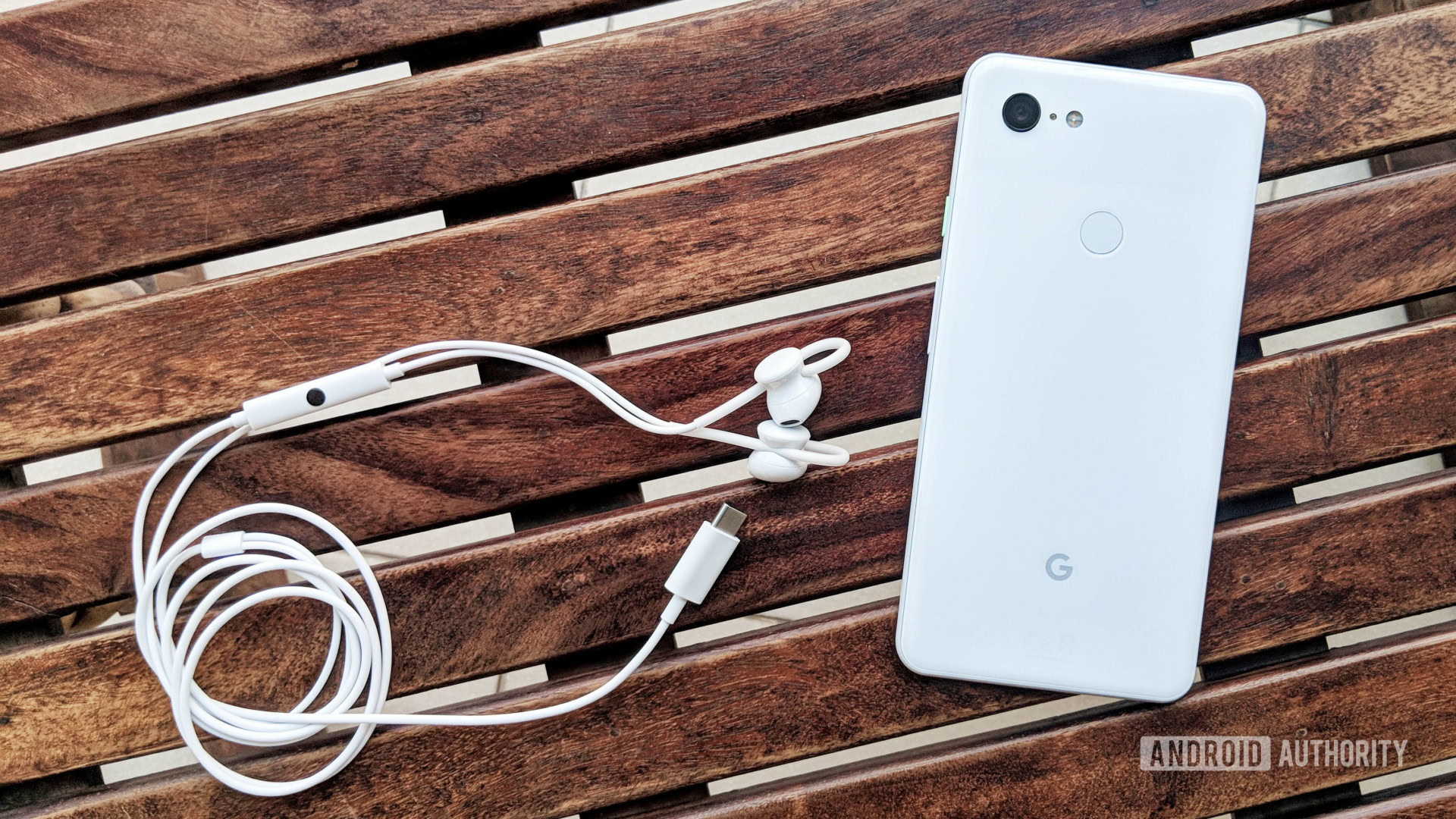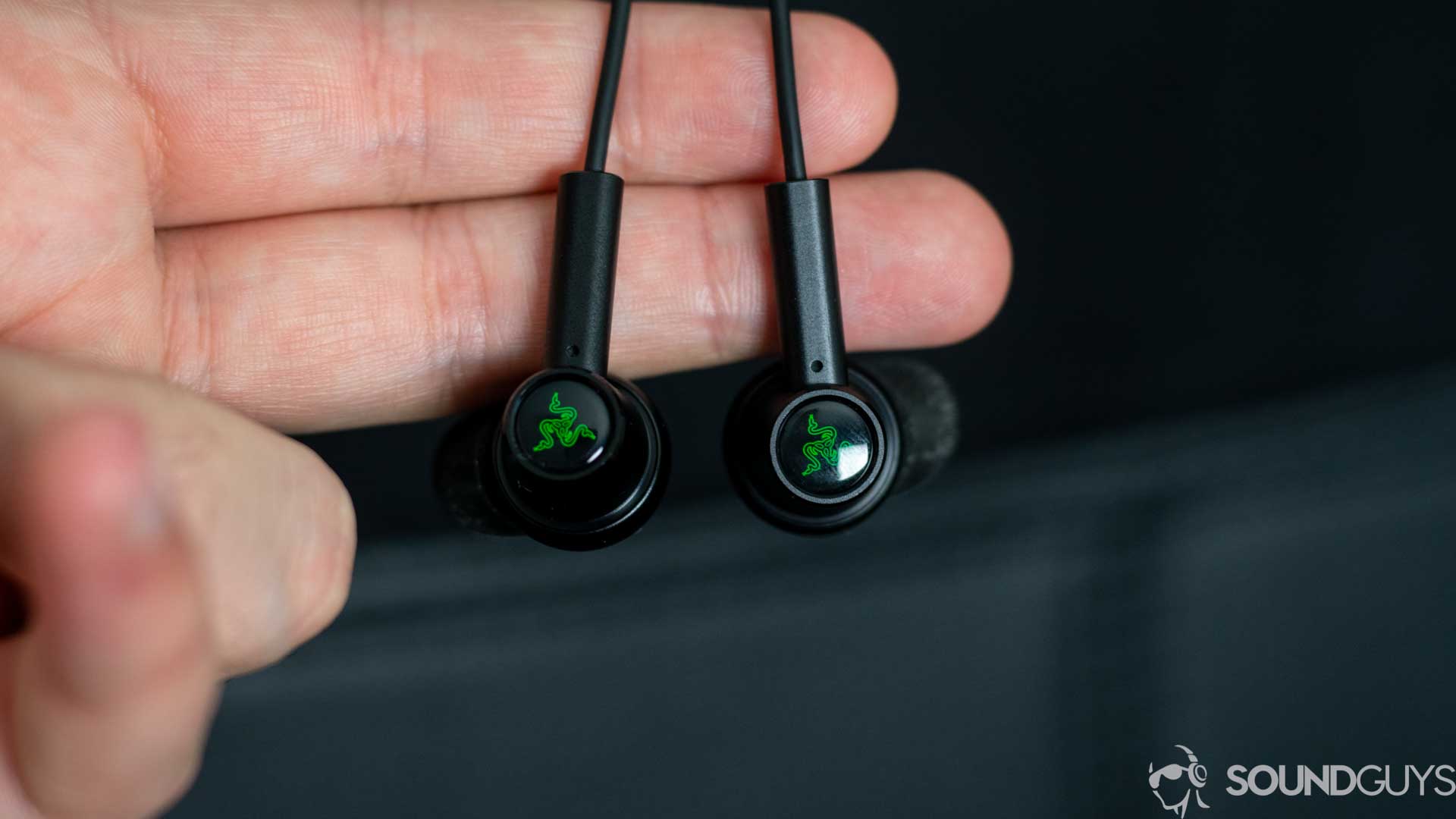Affiliate links on Android Authority may earn us a commission. Learn more.
What you need to know about USB-C audio
Published onJuly 4, 2019

Seeing as many flagships ditched the headphone jack so far, USB-C headphones became the default alternative to conventional 3.5mm earbuds. If you’re one who isn’t quite ready to embrace all-wireless listening, we’ve got you covered on everything you need to know about USB-C audio from the technicalities to actualities.
What is USB-C audio and who is it for?
It serves as a solution to the missing headphone jack for many of us. While USB-C audio — like anything — has its pitfalls, it’s fine for many especially those who aren’t self-proclaimed audiophiles. What’s more, some manufacturers like Google include USB-C earbuds with the purchase of a headphone jack-less phone, rendering the lack of 3.5mm input a non-issue for general consumers.
Again, USB-C audio has stood as a passable interim remedy for those not yet ready to abandon all modes of wired music playback. Unlike with wireless or true wireless earbuds, listeners don’t deal with connectivity dropouts, Bluetooth codec compatibility, or battery life concerns.
How it works and how it doesn’t

Similar to converting audio to pass through a headphone jack, USB-C audio requires a DAC and amp for signal processing. Whereas the headphone jack retains processing within the phone, not all USB-C delivery audio uniformly. Thus, delivery methods get a little tricky as a headset can be classified as passive or active.
Accessory mode support, which means listeners with active USB-C headphones may run into compatibility issues.
If passive, the headphones rely on the smartphone’s DAC and amp to convert the audio signal from digital to analog. If, however, a pair of headphones is active, then it uses its own DAC and amp system. Therefore creating an external conversion process outside of the phone’s domain and into the headset’s.
Related: Best headphone amps of 2019
The main perk of doing is that prolonging a digital signal state and bypassing the smartphone’s internal components mitigates distortion from other smartphone signals. Things get a tad more complicated, though, if you’re using active headphones. In this case, your phone needs to support Audio Accessory mode, which many don’t. Unfortunately, it’s not always apparent which models are active and which are passive, resulting in an expedition of trial and error.
Issues to be aware of

Although the USB-C port is intended as a universal, multifunctional input, there are some idiosyncrasies that accompany the use of USB-C headphones.
When it comes to audio transmission, the lack of universal Audio Device Class 3 (USB ADC 3.0) integration handicaps the USB-C headphone functionality. Smartphones that don’t meet USB Audio Class 3.0 specifications rely on proprietary add-ons to enable features like noise cancellation. However, if all manufacturers were to adopt USB ADC 3.0, these features could be all-included. Instead, the lack of adoption is forcing its — as thought by some — irrelevant stature.
In short, there are two sets of rules that USB-C audio abides by: Android OS defaults and smartphone specifications. If you’re in the U.S., think of it like federal and state law, while states can assert their own regulations they must also abide by federal laws. That said, things aren’t always so cut-and-dry.
The lack of USB Audio Class 3.0 adoption makes it difficult to enable additional features like noise cancelling.
Take marijuana legalization: Federally illegal but legal within certain state lines. It’s this kind of mismatch seen in the USB-C audio field that results in confusion and compatibility issues. Until USB ADC 3.0 is universally ratified, some users may continue to experience said inconveniences.
USB-C audio: 2019 and beyond?

While USB-C earbuds have made headway, the mode’s future popularity may be curtailed. As observed during CES, few companies were investing in USB-C headphones. Admittedly our soles were unable to cover all 2.7 million square feet of the show floor, but the apparent absence of USB-C audio products felt deliberate.
Now that we’ve had some time to reflect on the headphone jack’s sporadic return, as seen in the HUAWEI P30 and Google Pixel 3a, it’s even more apparent that USB-C audio is an irrelevant category. Hopefully, we see more smartphone manufacturers return the headphone jack as we roll through 2019 and into 2020. As it stands, Bluetooth still can’t outperform wired audio and SoundGuys has pulled back the curtain on Android’s latency issues. We anticipate major Bluetooth changes in the near future, but one thing’s for sure: investing in USB-C audio seems a fruitless endeavor.
Next: Top 3 excuses companies make for ditching the headphone jack